Mustang Trekking
Mustang trekking is a unique adventure that takes you through the ancient Kingdom of Mustang, also known as the Last Forbidden Kingdom of Nepal. This trek is a perfect combination of natural beauty, cultural heritage, and adventure. Mustang is located in the northern part of Nepal, and it shares the border with Tibet. The region is known for its unique culture, language, and traditions that are distinct from the rest of Nepal.
The Mustang region was closed to foreigners until 1992, which has helped to preserve the unique culture and environment. Trekking in Mustang takes you through the world’s deepest gorge, the Kali Gandaki, and the stunning landscapes of the Himalayas. The region is also home to several ancient monasteries, caves, and palaces that date back to the 15th century.
The Mustang trek is a moderate trek that takes around 12 to 14 days to complete. The trek starts from Jomsom, which can be reached by a short flight from Pokhara or a drive from Kathmandu. From Jomsom, the trek takes you through the windswept Kali Gandaki valley, which is famous for its unique geological formations and fossilized ammonites.
As you trek further, you’ll pass through several traditional Mustangi villages, such as Kagbeni, Chele, Tsarang, and Lo Manthang. These villages have retained their traditional lifestyle and architecture, and you’ll get a chance to interact with the locals and learn about their culture.
The highlight of the Mustang trek is undoubtedly the ancient walled city of Lo Manthang. This city was the capital of the Kingdom of Mustang and is home to several palaces, monasteries, and chortens. The city is surrounded by a 20-foot high wall and can only be entered through a single gate. The King of Mustang still resides in the city, and you may even get a chance to meet him.
The best time to go trekking in Mustang is from March to November, when the weather is clear, and the skies are blue. During the winter months, the region is covered in snow, and the trails may be inaccessible.
Outline Itinerary:
Day 1: Arrival in Kathmandu
Day 2: Sightseeing in Kathmandu and preparation for the trek
Day 3: Fly from Kathmandu to Pokhara
Day 4: Fly from Pokhara to Kagbeni (2,858m)
Day 5: Trek from Kagbeni to Chele (3,050m)
Day 6: Trek from Chele to Syangboche (3,800m)
Day 7: Trek from Syangboche to Tsarang (3,870m)
Day 8: Trek from Tsarang to Lo Manthang (3,840m)
Day 9-10: Explore Lo Manthang and surrounding areas
Day 11: Trek from Lo Manthang to Yara (3,650m)
Day 12: Trek from Yara to Tangge (3240m)
Day 13: Trek from Tangge to Chhuksang (3,050m)
Day 14: Trek from Chhuksang to Muktinath (3760 m)
Day 15: Fly from Muktinath to Pokhara and transfer to Kathmandu
Day 16: Departure from Kathmandu
Itenerary
-
Detail Itinerary
Day 1: Arrival in Kathmandu
Upon your arrival in Kathmandu, you will be greeted by a representative from the trekking company and transferred to your hotel. You can take some time to rest and explore the city.Day 2: Sightseeing in Kathmandu and preparation for the trek
You will spend the day sightseeing in Kathmandu, visiting UNESCO World Heritage sites such as Swayambhunath, Pashupatinath, Boudhanath, and Kathmandu Durbar Square. You will also have time to prepare for the trek, such as checking your gear and meeting with your guide.Day 3: Fly from Kathmandu to Pokhara
You will take a short domestic flight from Kathmandu to Pokhara, a scenic city situated on the shore of Phewa Lake. You can explore the city and take in the beautiful views of the surrounding mountains.Day 4: Fly from Pokhara to Jomsom and trek to Kagbeni (2,858m)
You will take an early morning flight from Pokhara to Jomsom, the starting point of your trek. From there, you will trek to Kagbeni, a beautiful village with narrow alleys and traditional mud houses.Day 5: Trek from Kagbeni to Chele (3,050m)
You will trek along the Kali Gandaki River and climb uphill to Chele. You will have stunning views of the surrounding mountains and the river below.Day 6: Trek from Chele to Syangboche (3,800m)
You will continue your trek uphill and cross several passes to reach Syangboche. Along the way, you will see beautiful landscapes and traditional Tibetan villages.Day 7: Trek from Syangboche to Tsarang (3,870m)
You will trek to Tsarang, a beautiful village known for its red and white monastery. You will also see stunning views of the Himalayas and the surrounding valleys.Day 8: Trek from Tsarang to Lo Manthang (3,840m)
You will trek to Lo Manthang, the capital of the Mustang district. You will see beautiful Buddhist monasteries and traditional mud houses with intricate carvings along the way.Day 9-10: Explore Lo Manthang and surrounding areas
You will spend two days in Lo Manthang, exploring the city and surrounding areas. You can visit the royal palace, monasteries, and traditional mud houses. You can also hike to nearby villages and enjoy stunning views of the Himalayas.Day 11: Trek from Lo Manthang to Drakmar (3,810m)
You will trek downhill to Drakmar, a beautiful village surrounded by red cliffs. You will also see beautiful landscapes and traditional Tibetan villages along the way.Day 12: Trek from Drakmar to Ghiling (3,806m)
You will trek through a beautiful valley to reach Ghiling, a small village with traditional mud houses. You will also see stunning views of the Himalayas and the surrounding valleys.Day 13: Trek from Ghiling to Chhuksang (3,050m)
You will trek downhill to Chhuksang, a beautiful village with traditional mud houses and narrow alleys. You will also see stunning views of the Himalayas and the surrounding valleys.Day 14: Trek from Chhuksang to Jomsom (2,713m)
You will trek to Jomsom, the endpoint of your trek. You will see beautiful landscapes and traditional Tibetan villages along the way.Day 15: After breakfast, you will take a morning flight from Jomsom to Pokhara. The flight offers stunning views of the Himalayas, including Annapurna and Dhaulagiri mountain ranges. Upon arrival in Pokhara, you will be transferred to your hotel in Kathmandu by private car or bus. You can spend the rest of the day relaxing or exploring more of Kathmandu on your own.
Day 16: On the last day of the itinerary, you will have breakfast at the hotel and prepare for your departure. Depending on your flight schedule, you may have some free time to do some last-minute shopping or sightseeing in Kathmandu. Our staff will assist you with the transfer to the airport for your flight back home.
Full Board
Cost Includes:
Cost Excludes:
BC Service
Cost Includes:
Cost Excludes:
Price per person
Usefull Information
What’s included:
Airport pick-up and drop-off
Accommodation in Kathmandu and Pokhara
Domestic flights (Kathmandu-Pokhara-Jomsom-Kathmandu)
All necessary permits and entry fees
Experienced trekking guide and porter(s)
All meals during the trek (breakfast, lunch, and dinner)
Trekking gear such as a sleeping bag, down jacket, and trekking poles (if needed)
First aid kit and emergency oxygen cylinder
What’s not included:
International airfare
Travel insurance
Nepal visa fees
Personal expenses such as laundry, phone calls, and beverages
Tips for guide and porter(s)
FAQs
-
What is Mustang Trekking?
Mustang Trekking is a journey through the Mustang region of Nepal, known for its unique landscape, ancient Tibetan culture, and well-preserved Buddhist monasteries. The region was once an independent kingdom and has a distinct culture and history.
-
How long does it take to complete the Mustang Trek?
The duration of the Mustang Trek varies depending on the specific itinerary chosen. Generally, it takes around 10 to 14 days to complete the trek, including both the trekking days and rest/acclimatization days.
-
When is the best time to do the Mustang Trek?
The best time for Mustang Trekking is during the spring (March to May) and autumn (September to November) seasons. During these times, the weather is generally stable, the skies are clear, and the temperatures are moderate, making for ideal trekking conditions.
-
Is the Mustang Trek difficult?
The difficulty level of the Mustang Trek can vary depending on the specific route chosen. Generally, it is considered to be moderate in difficulty. Trekkers should be reasonably fit and prepared for long days of walking, as well as some steep ascents and descents.
-
What permits are required for Mustang Trekking?
Trekkers need to obtain a special permit called the Mustang Restricted Area Permit to enter the Mustang region. Additionally, they may need an Annapurna Conservation Area Permit (ACAP) and a TIMS (Trekkers’ Information Management System) Card, depending on the route.
-
What is the highest point reached on the Mustang Trek?
The highest point reached on the Mustang Trek depends on the specific itinerary chosen. Some popular high points include Lo Manthang, the capital of Upper Mustang, and the passes such as Gyu La Pass and Yara La Pass.
-
What are the accommodation options during Mustang Trekking?
Accommodation options in the Mustang region include teahouses, guesthouses, and basic lodges in villages along the trekking route. These accommodations provide simple rooms with basic amenities such as beds and shared bathrooms.
-
Are there any side trips or attractions during Mustang Trekking?
Yes, there are several side trips and attractions you can explore during Mustang Trekking, including visits to ancient Buddhist monasteries, traditional villages, and natural wonders such as caves and rock formations.
-
Do I need a guide for Mustang Trekking?
While it’s not mandatory to hire a guide for Mustang Trekking, it’s highly recommended, especially for those unfamiliar with the region or traveling solo. Guides can provide valuable assistance, navigation, and cultural insights during the trek.
-
 Best Seasons spring
Best Seasons spring -
 Duration 16 days
Duration 16 days -
 Trek Difficulty Moderate
Trek Difficulty Moderate
Trip Fact
Quick Inquiry

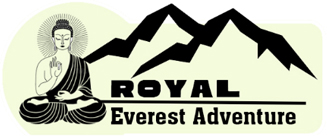
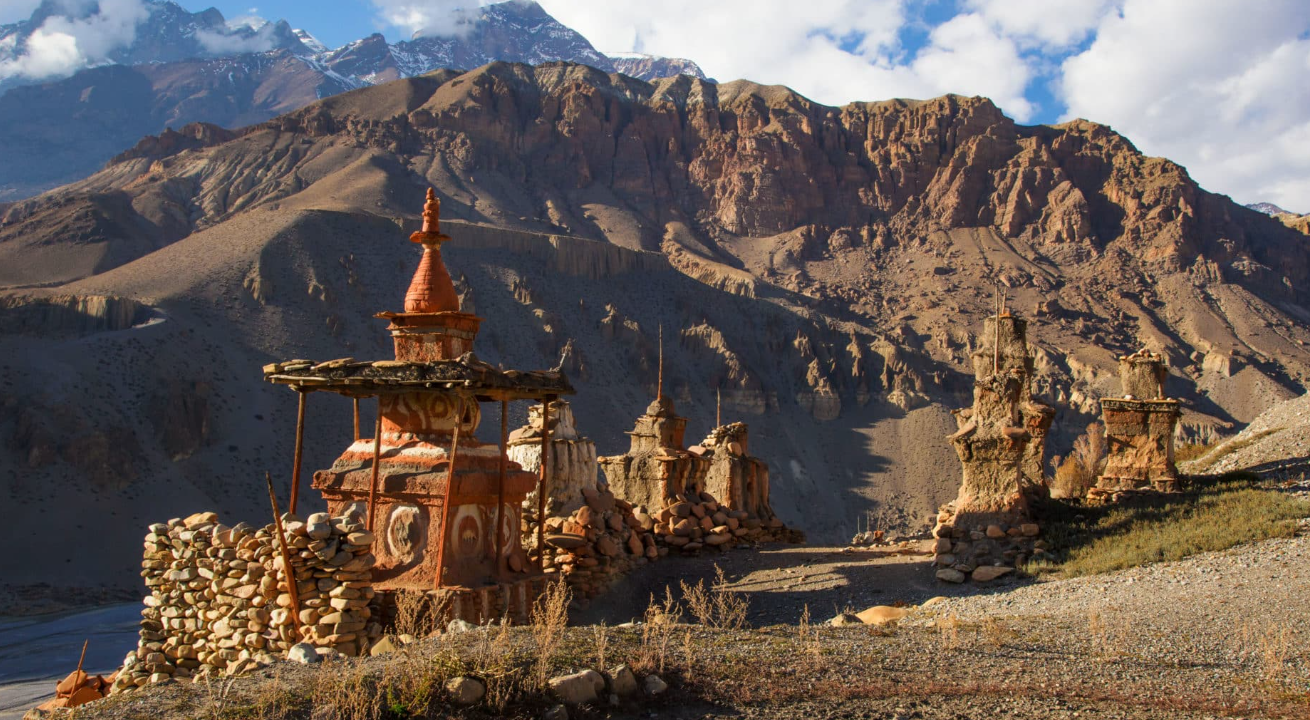


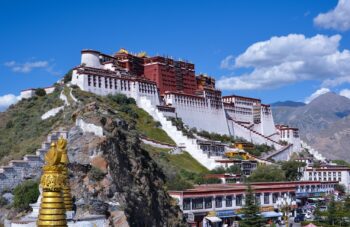
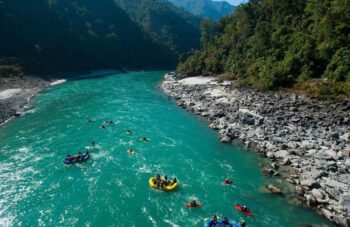
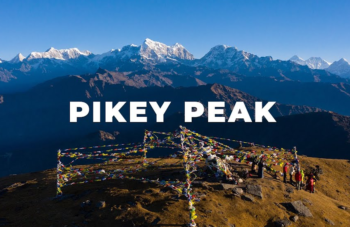
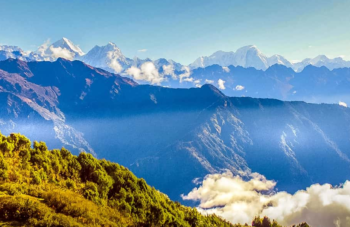
Leave a Reply